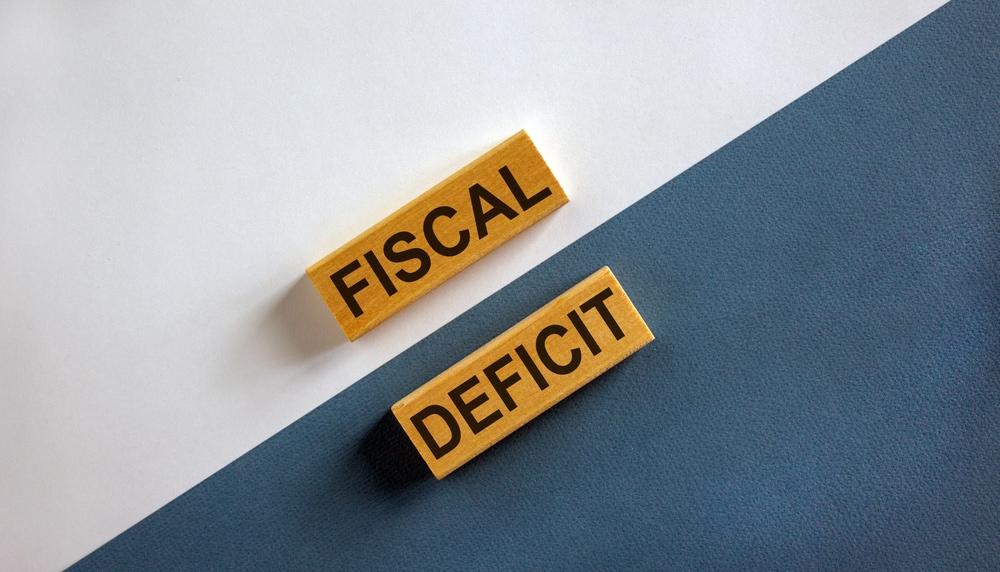The Union government has successfully achieved its fiscal deficit target of 6.4% of the gross domestic product (GDP) for the financial year 2022-23. Despite higher revenue expenditure, particularly on subsidies and interest payments, the government’s robust tax revenue contributed to this achievement, as per official data released. This accomplishment aligns with the fiscal glide path outlined by Finance Minister Nirmala Sitharaman in the Union Budget for FY24.
Fiscal Deficit in Line with Fiscal Glide Path
The fiscal deficit for FY23 corresponds to the fiscal glide path set by Finance Minister Nirmala Sitharaman in the Union Budget. The glide path aims to reduce the fiscal deficit to 5.9% of GDP in 2023-24, with a gradual decline to 4.5% of GDP by FY26. The finance ministry officials stated that the achieved fiscal deficit of 6.4% of GDP for FY23 is consistent with the projected target.
Buy Prime Test Series for all Banking, SSC, Insurance & other exams
Positive Indication of Fiscal Consolidation
According to the Chief Economic Adviser, the fiscal deficit numbers indicate that the government’s fiscal consolidation efforts are on track. He mentioned that the fiscal deficit for FY23 is in line with the budgeted figures, providing confidence that the target of 5.9% of GDP for the current financial year will be achieved due to sustained economic growth.
Expenditure and Revenue Breakdown
The Controller General of Accounts (CGA) released data detailing the central government’s expenditure and revenue for FY23. Total expenditure amounted to ₹41,88,837 crore, with ₹34,52,518 crore spent on revenue account and ₹7,36,319 crore on capital account. Major components of revenue expenditure include ₹9,28,424 crore for interest payments and ₹5,30,959 crore for major subsidies.
On the revenue side, the Union government recorded total receipts of ₹24,55,706 crore for 2022-23. This comprised ₹20,97,368 crore of tax revenue (net to the center after sharing with states), ₹2,86,151 crore of non-tax revenue, and ₹72,187 crore of non-debt capital receipts. Non-debt capital receipts consisted of loan recovery (₹26,152 crore) and miscellaneous capital receipts (₹46,035 crore).
Fiscal Deficit Figures and Transfer to State Governments
As per provisional data from the CGA, the fiscal deficit in absolute terms for FY23 was ₹17,33,131 crore, slightly lower than the amount projected in the revised estimates (RE) in the Budget. The statement also mentioned that ₹9,48,406 crore was transferred to state governments as the devolution of the share of taxes by the center, which exceeded the previous year’s transfer by ₹50,015 crore.
About fiscal deficit, Key Points
-
Fiscal deficit refers to the gap between a government’s total expenditure and its total revenue in a specific financial year. It indicates the amount of borrowing required by the government to meet its expenditure needs.
- A high fiscal deficit implies that the government is spending more than it is earning, leading to increased borrowing and accumulation of debt.
- Fiscal deficit is usually expressed as a percentage of the country’s GDP, which helps in assessing the deficit relative to the size of the economy.
- The fiscal deficit can be attributed to various factors such as government spending on infrastructure projects, social welfare programs, subsidies, interest payments on debt, and revenue shortfalls.
-
Governments often set fiscal deficit targets to maintain fiscal discipline and ensure sustainable economic growth. These targets are usually outlined in the annual budget or fiscal policy statements.
Find More News on Economy Here



 Indian Olympic Medal Winners List Till N...
Indian Olympic Medal Winners List Till N...
 Who is the Inventor of the Gramophone?
Who is the Inventor of the Gramophone?
 HS Dhaliwal Appointed New DGP Of Andaman...
HS Dhaliwal Appointed New DGP Of Andaman...
